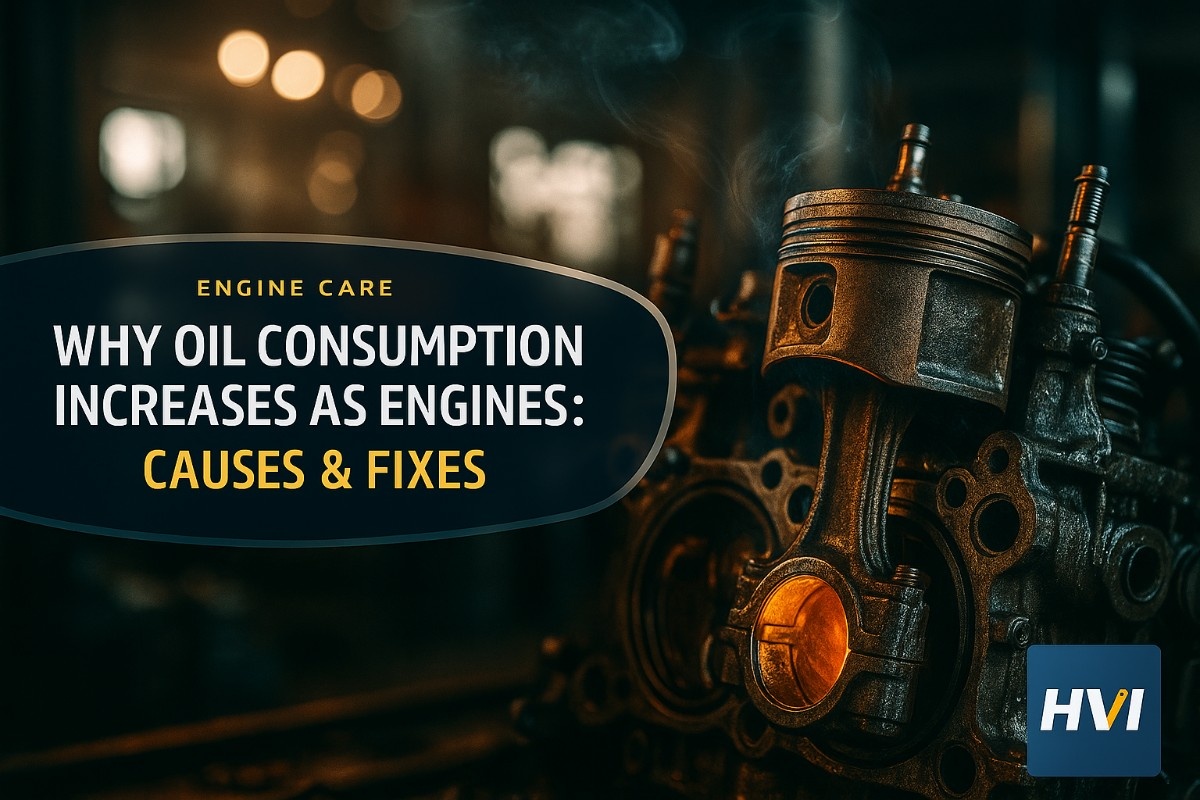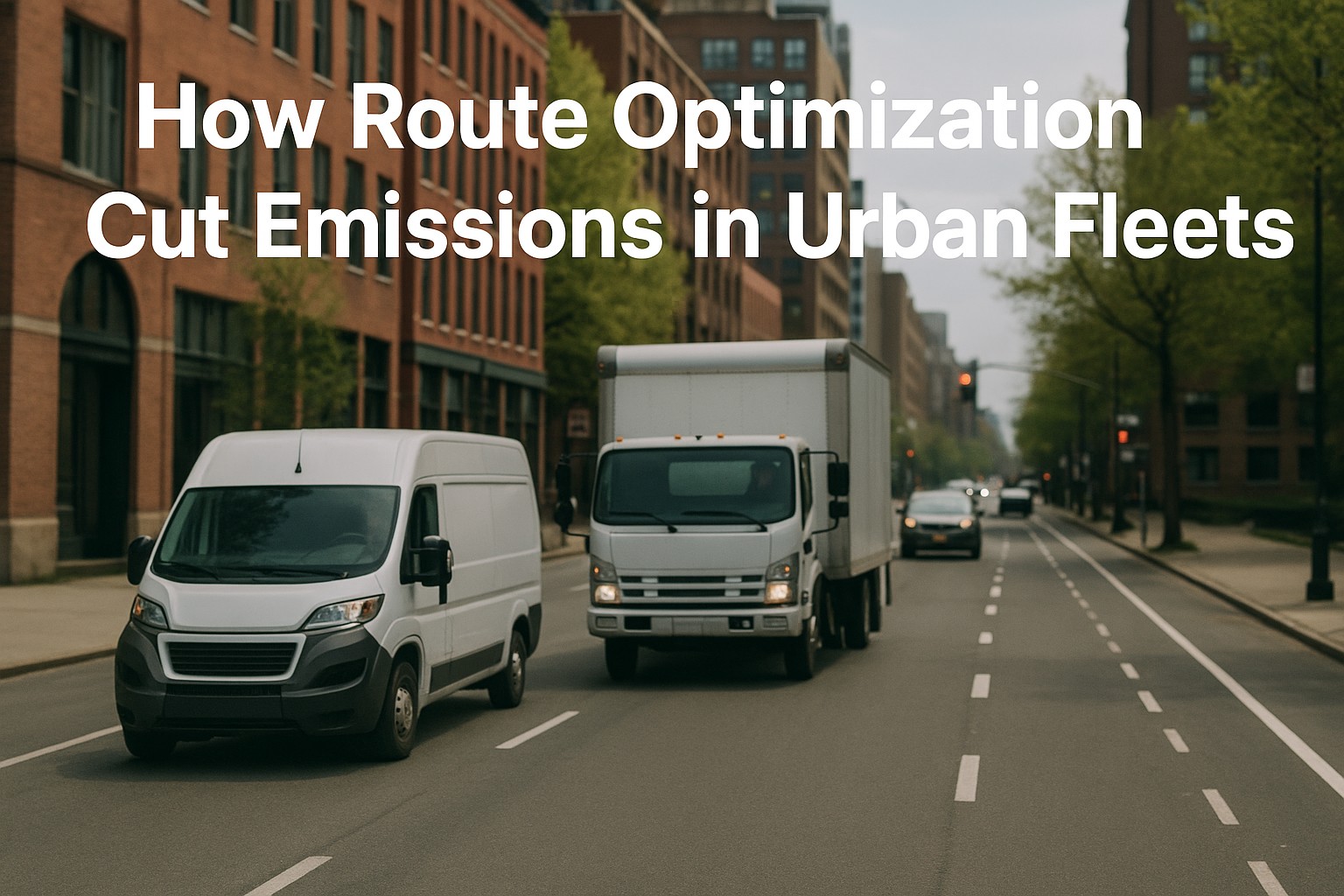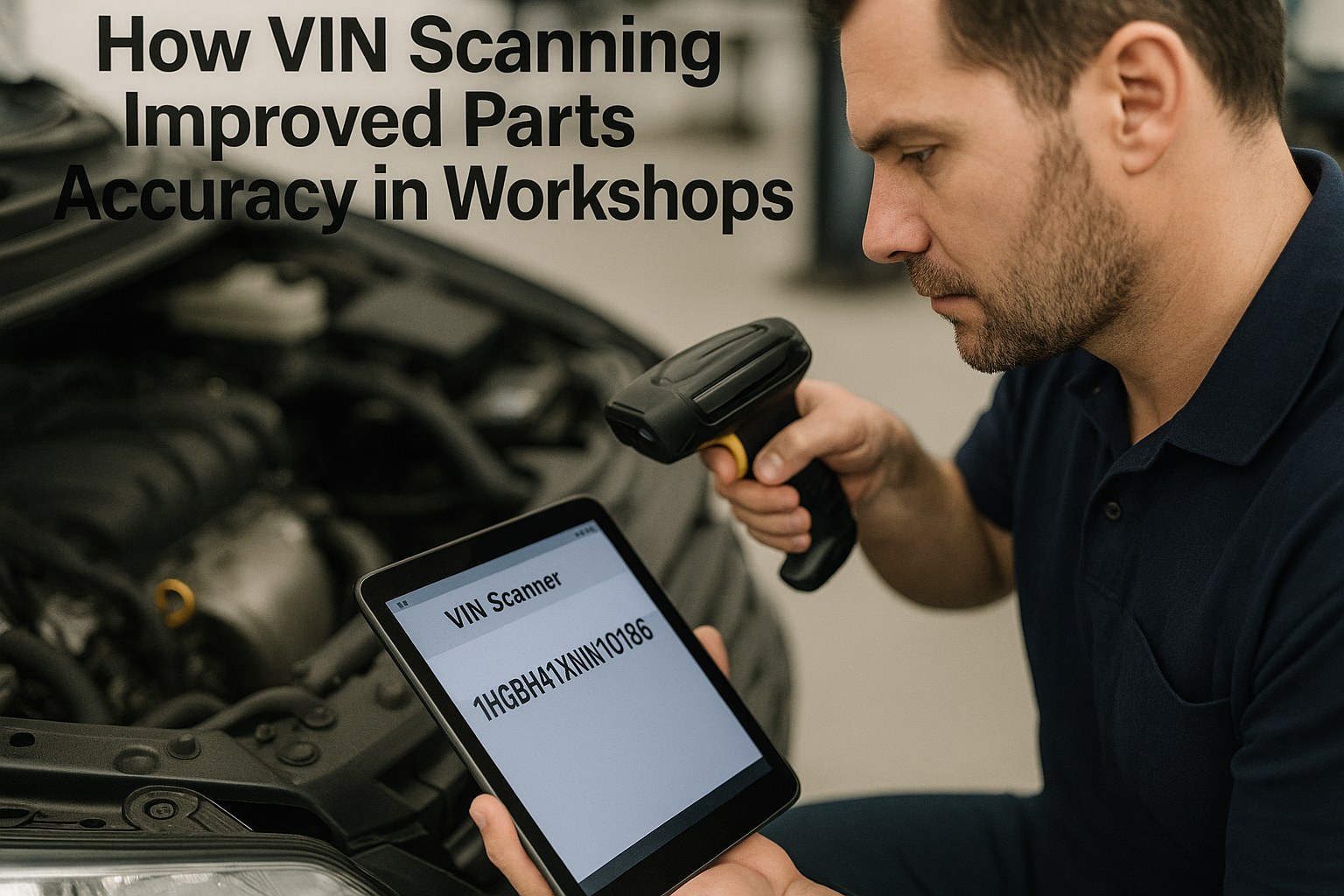Discover how systematic oil consumption monitoring and proactive maintenance strategies helped a regional trucking fleet reduce oil-related costs by 67%, extend engine life by 45%, and eliminate unexpected breakdowns caused by undetected oil consumption issues across their aging vehicle fleet.
Why Oil Consumption Increases as Engines Age: Causes & Fixes
Client Overview
A regional freight transportation company in Texas operating a mixed fleet of 127 heavy-duty trucks ranging from 3-15 years old, including Freightliner Cascadias, Kenworth T680s, and Peterbilt 579s. This fleet averages 125,000 miles annually per vehicle with demanding long-haul routes across the Southwest. With 68% of their fleet exceeding 400,000 miles, the company faced escalating oil consumption issues threatening operational reliability, maintenance budgets, and vehicle resale values. Their aging fleet required a systematic approach to understanding, monitoring, and addressing oil consumption before minor issues became major engine failures. Learn more about comprehensive fleet inspection solutions that protect aging equipment investments.
The Challenge
This trucking company was experiencing rapidly increasing oil consumption across their aging fleet, with no systematic way to identify which vehicles needed attention or what was causing the consumption. Without proper monitoring, some trucks ran dangerously low on oil between services while others received unnecessary early interventions. The lack of consumption tracking data made it impossible to differentiate between normal wear patterns and developing engine problems requiring immediate attention.
- Average oil consumption increased 340% as vehicles exceeded 300,000 miles
- $127,000 annual spending on oil top-offs between scheduled services
- 3 catastrophic engine failures from undetected low oil conditions ($45,000+ each)
- No visibility into individual vehicle consumption rates or trends
- Drivers inconsistently checking and reporting oil levels
- Unable to distinguish normal consumption from developing problems
- Premature engine replacements due to lack of diagnostic data
- Insurance claims denied due to inadequate maintenance documentation
- Resale values reduced 15-25% on high-consumption vehicles
- Reactive maintenance approach causing 23% higher repair costs
Understanding Why Oil Consumption Increases with Age
Before implementing solutions, the fleet needed to understand the root causes of increasing oil consumption in aging engines. Working with HeavyVehicleInspection.com's diagnostic framework, they identified six primary causes affecting their vehicles—each requiring different monitoring and intervention strategies.
Piston Ring Wear
Compression and oil control rings wear against cylinder walls over millions of cycles, losing their sealing ability.
Gradual increase over time, 1 qt per 1,500-3,000 miles typical in worn engines.
Compression testing, blow-by measurement, blue exhaust smoke under acceleration.
Valve Seal Deterioration
Rubber valve stem seals harden and crack from heat cycling, allowing oil to seep past into combustion chambers.
Blue smoke on startup that clears after warming, oil pooling on valve stems overnight.
Morning startup smoke test, oil residue on spark plugs/injectors.
Cylinder Wall Glazing
Excessive idling or light-load operation creates polished cylinder surfaces that rings can't seal against.
Higher consumption in trucks with significant idle time, often accompanies glazed bore conditions.
Borescope inspection, correlation with idle hour percentage.
Turbocharger Seal Failure
Turbo shaft seals wear from heat and high RPM, allowing oil to enter intake or exhaust systems.
Sudden increase in consumption, oil in intercooler, smoke from exhaust.
Intercooler inspection, turbo shaft play measurement, boost pressure testing.
PCV System Malfunction
Positive crankcase ventilation valves stick or fail, creating excess crankcase pressure forcing oil past seals.
Oil leaks at gaskets, dipstick blowing out, increased consumption with crankcase pressure.
Crankcase pressure measurement, PCV flow testing, gasket leak inspection.
Oil Viscosity Breakdown
Extended intervals or severe conditions degrade oil faster, reducing film strength and increasing consumption.
Consumption increases toward end of oil change interval, improves after fresh oil.
Oil analysis showing viscosity loss, shortened interval testing.
The Solution
This trucking company partnered with HeavyVehicleInspection.com to implement a comprehensive oil consumption monitoring and diagnostic platform. The HVI solution provided systematic tracking, trend analysis, and predictive alerts to identify consumption issues before they caused failures—while distinguishing normal aging patterns from problems requiring intervention.
Digital documentation
Trend identification
Root cause analysis
Cost-effective repairs
HVI Oil Consumption Monitoring Features:
- Mobile oil level documentation with photo verification at every stop
- Automated consumption rate calculation (quarts per 1,000 miles)
- Vehicle-specific consumption trending and anomaly detection
- Threshold alerts when consumption exceeds normal parameters
- Integration with oil analysis results for comprehensive diagnostics
- Predictive maintenance scheduling based on consumption patterns
- Driver accountability tracking for oil check compliance
- Fleet-wide consumption benchmarking by vehicle age and model
- Repair cost-benefit analysis tools for fix-vs-replace decisions
- Documentation for warranty claims and resale value protection
The platform enabled the fleet to establish baseline consumption rates for each vehicle, identify outliers requiring attention, and track the effectiveness of repairs and interventions. Real-time alerts prevented low-oil damage while consumption trending revealed developing problems weeks before they became critical. Explore how digital inspection tracking can protect your aging fleet.
Oil Consumption Improvements
| Consumption Metric | Before HVI | After HVI | Improvement |
|---|---|---|---|
| Average Consumption Rate | 1 qt / 1,200 miles | 1 qt / 2,800 miles | +133% |
| Oil Top-Off Costs | $127,000/year | $42,000/year | -67% |
| Engine Failures (Low Oil) | 3 per year | 0 per year | -100% |
| Driver Oil Check Compliance | 34% documented | 97% documented | +185% |
Common Fixes Implemented
With accurate consumption data identifying root causes, the fleet implemented targeted repairs rather than expensive shotgun approaches. The HVI platform's diagnostic insights enabled cost-effective interventions matched to specific problems.
Valve Seal Replacement
Cost: $1,800-3,500
Vehicles Treated: 23
Result: 78% consumption reduction in affected vehicles, eliminated startup smoke
Turbo Seal Service
Cost: $2,200-4,500
Vehicles Treated: 11
Result: Eliminated oil in intercooler, restored boost performance, 85% consumption improvement
PCV System Repair
Cost: $150-450
Vehicles Treated: 34
Result: Stopped external leaks, normalized crankcase pressure, 45% consumption reduction
Oil Specification Upgrade
Cost: $35-75 per change
Vehicles Treated: 89
Result: High-mileage synthetic reduced consumption 25-40% in engines with minor wear
Shortened Intervals
Cost: $200-400 additional/year
Vehicles Treated: 47
Result: Prevented viscosity breakdown in high-consumption vehicles, stabilized rates
Engine Overhaul Decision
Cost: $18,000-35,000
Vehicles Treated: 8
Result: Data-driven rebuild decisions on worst cases, consumption restored to new-engine specs
The Results
Within twelve months of implementing HVI's oil consumption monitoring platform, this trucking fleet achieved comprehensive transformation of their maintenance approach, eliminating oil-related failures while extending engine life across their aging vehicle population.
Oil Cost Reduction
Low-Oil Failures Eliminated
Engine Life Extension
Oil Check Compliance
Avoided Engine Failures
$135,000+ saved
3 catastrophic failures prevented
Targeted Repair Savings
$89,000 saved
vs. unnecessary overhauls
Resale Value Protection
$156,000 preserved
Documented maintenance history
- Zero engine failures from undetected oil consumption in 12 months
- Oil top-off spending reduced from $127,000 to $42,000 annually
- Average fleet consumption improved from 1 qt/1,200 mi to 1 qt/2,800 mi
- Driver oil check documentation improved from 34% to 97%
- Identified 23 vehicles requiring valve seal service before major damage
- Prevented 8 unnecessary engine replacements through data-driven decisions
- Extended average engine overhaul interval by 127,000 miles
- Insurance claims approved with comprehensive documentation
- Resale values increased 12-18% with verified maintenance records
- Maintenance planning accuracy improved 340% with consumption trending
"Before HVI, we were flying blind on oil consumption. We'd find out about problems when engines failed or drivers mentioned adding oil 'a few times.' Now we know exactly which trucks are consuming oil, why they're consuming it, and when intervention is needed. The platform paid for itself in the first quarter by preventing two engine failures we would have missed. More importantly, we've extended our fleet's productive life by years through targeted, data-driven maintenance instead of guessing."
— Fleet Maintenance Director, Regional Freight Transportation Company, TexasProtect Your Aging Fleet Investment
Stop losing money to unmonitored oil consumption and preventable engine failures. Join fleets across America using HeavyVehicleInspection.com's comprehensive monitoring platform to extend engine life, reduce oil costs, and make data-driven maintenance decisions.
Take Control of Oil Consumption Today
Discover how systematic oil monitoring can identify consumption causes, prevent failures, and extend your engine life by 45% or more.
Start Monitoring Oil Consumption Get Fleet Diagnostic Consultation






.png)
.png)
